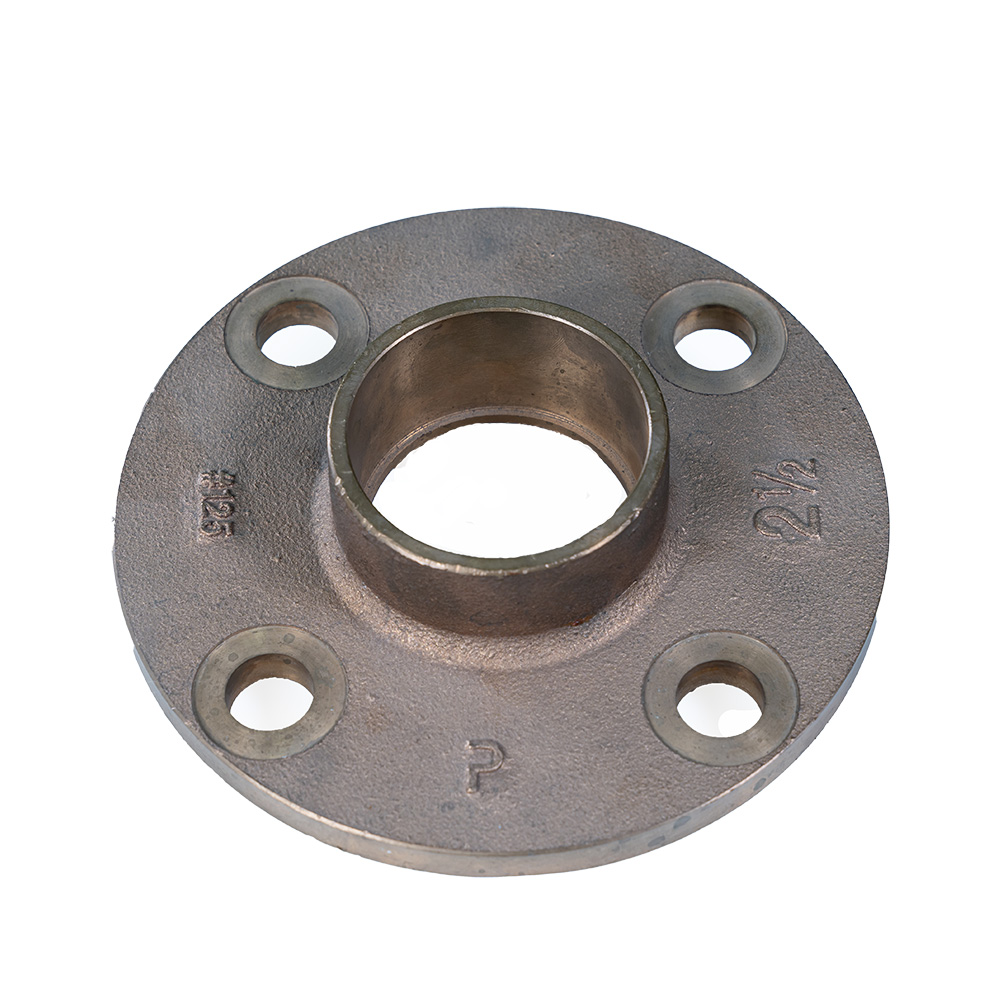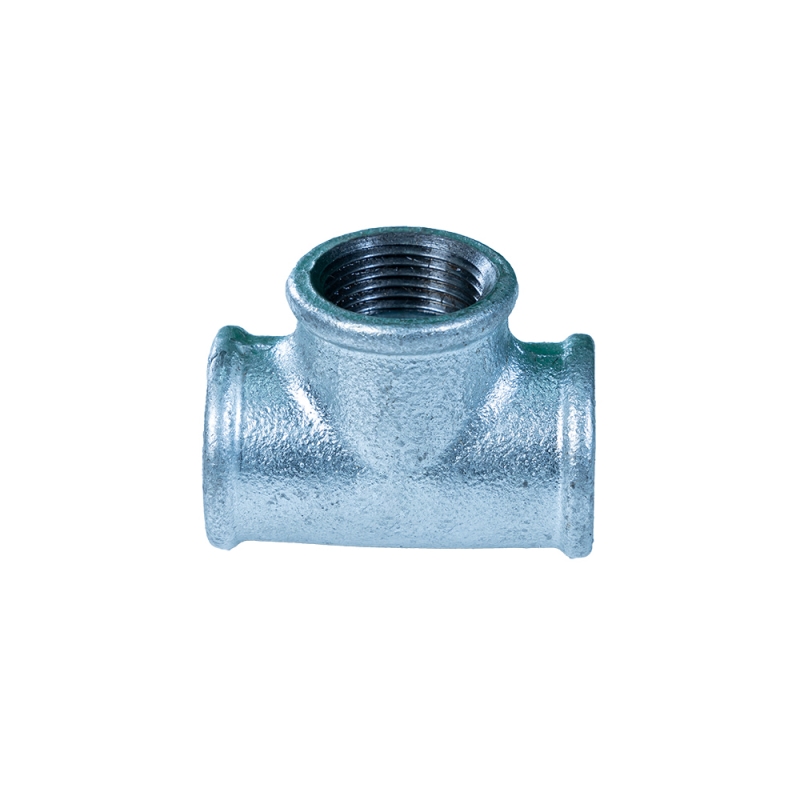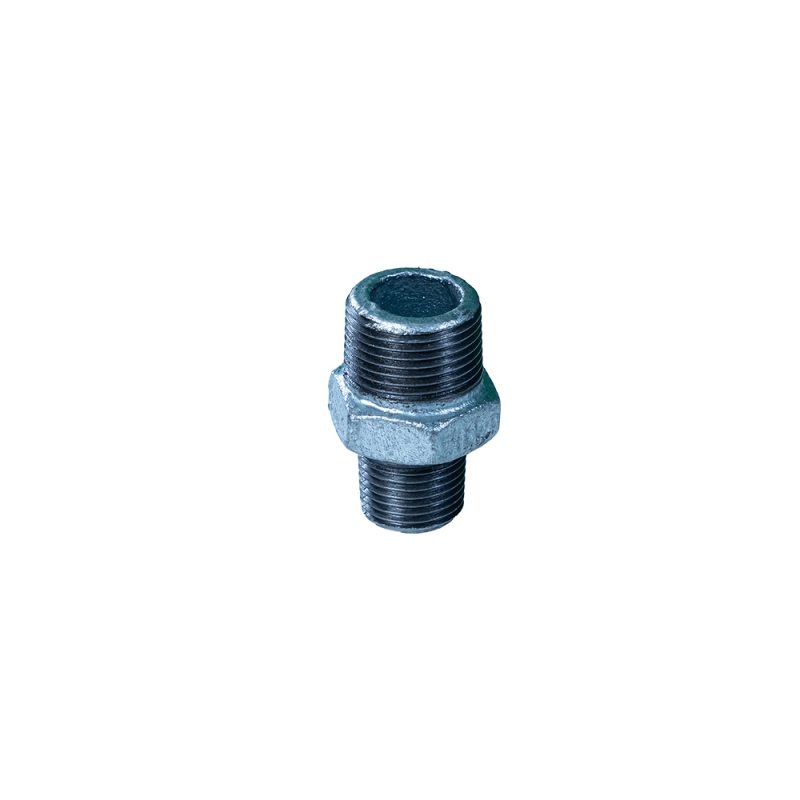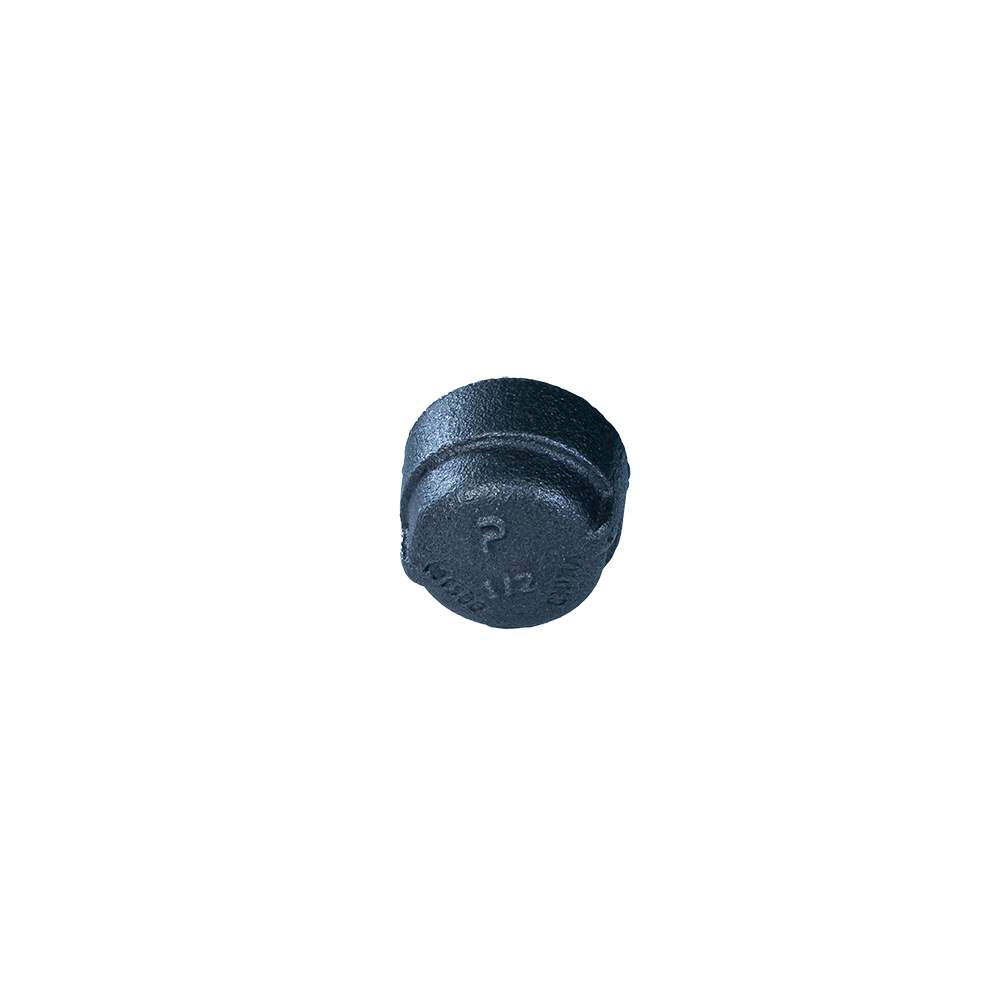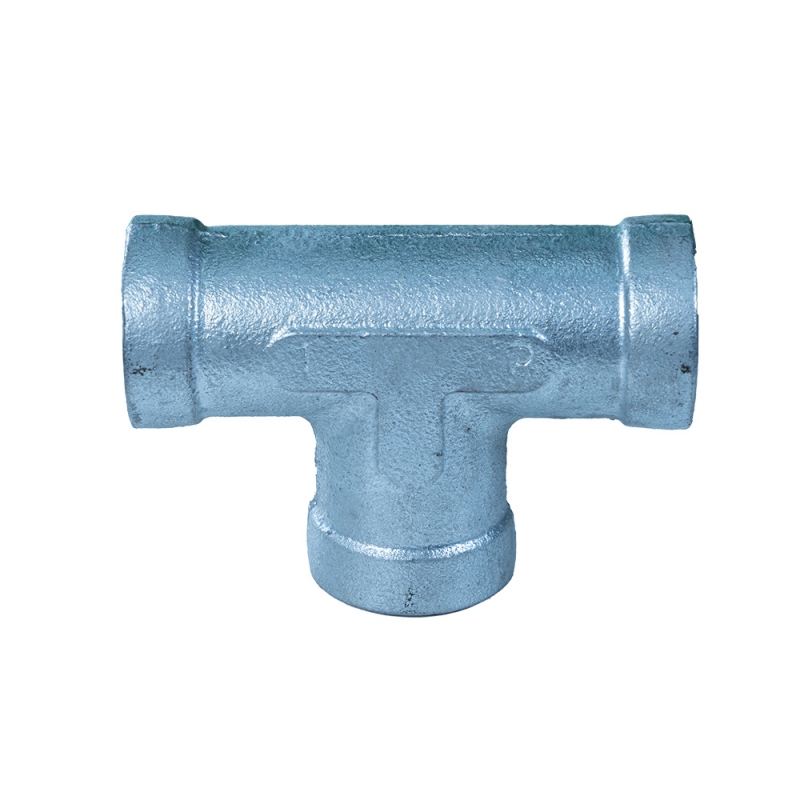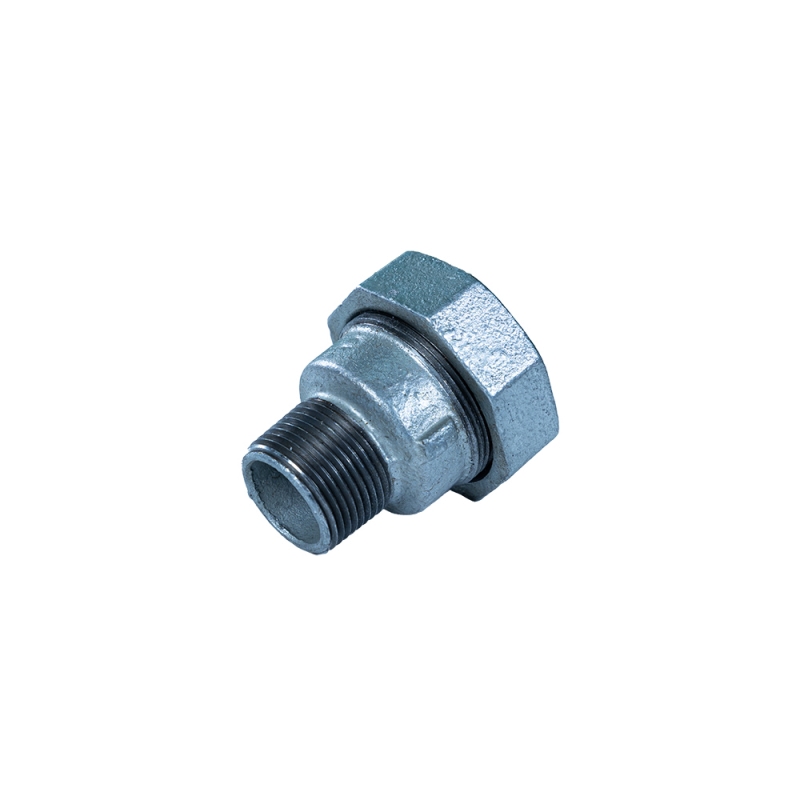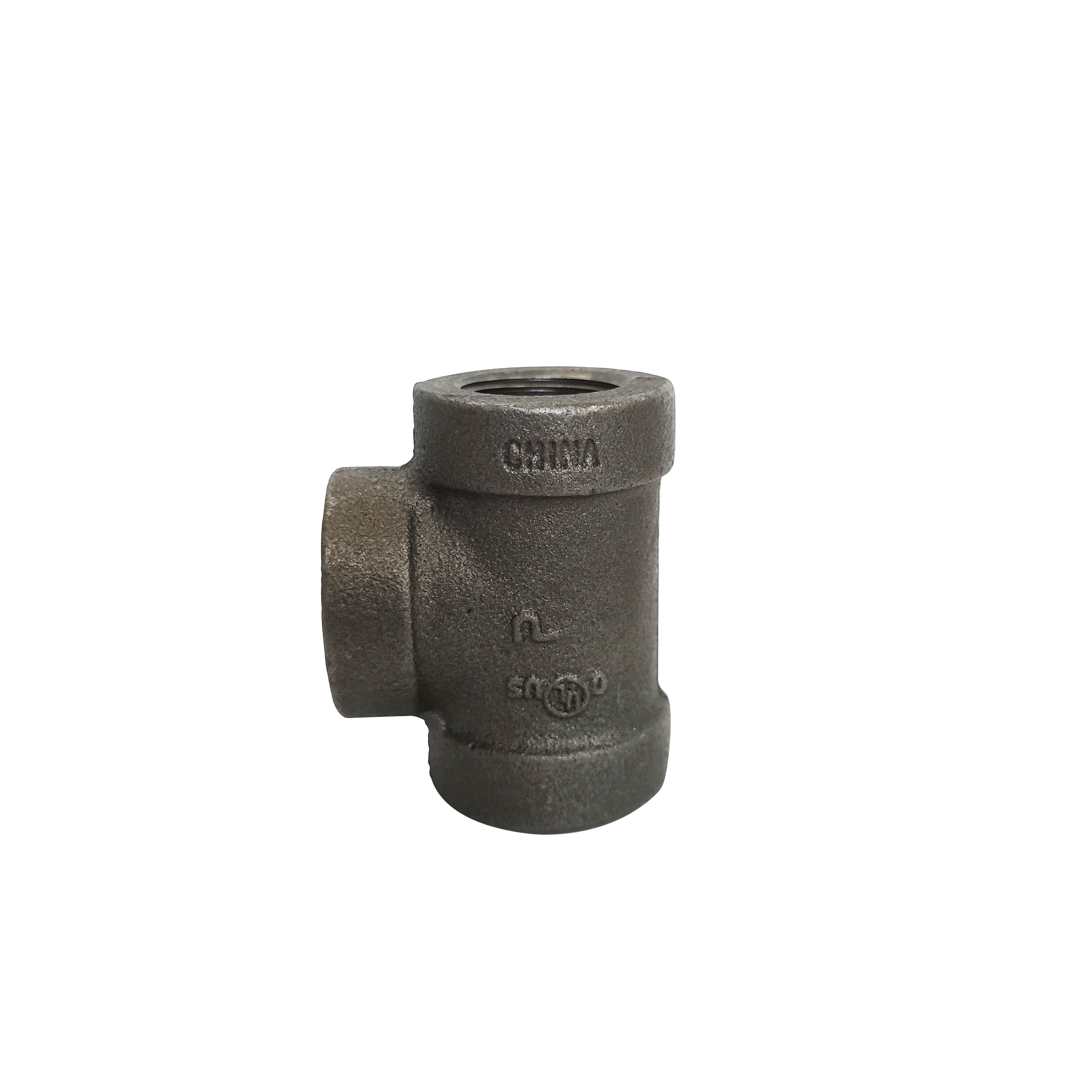Piping systems are the unsung heroes in countless industries and residential setups, facilitating the seamless flow of fluids and gases. But what specific components truly make these systems reliable and efficient? From ensuring secure connections to adapting to different pipe sizes, a range of specialized fittings plays a pivotal role. Let's explore the significance of mechanical tees, 1 1 2 inch galvanized pipe fittings, coupling pipe fittings, 1 2 black pipe fittings, ਅਤੇ 3 inch galvanized pipe cap in creating a well - functioning piping infrastructure.
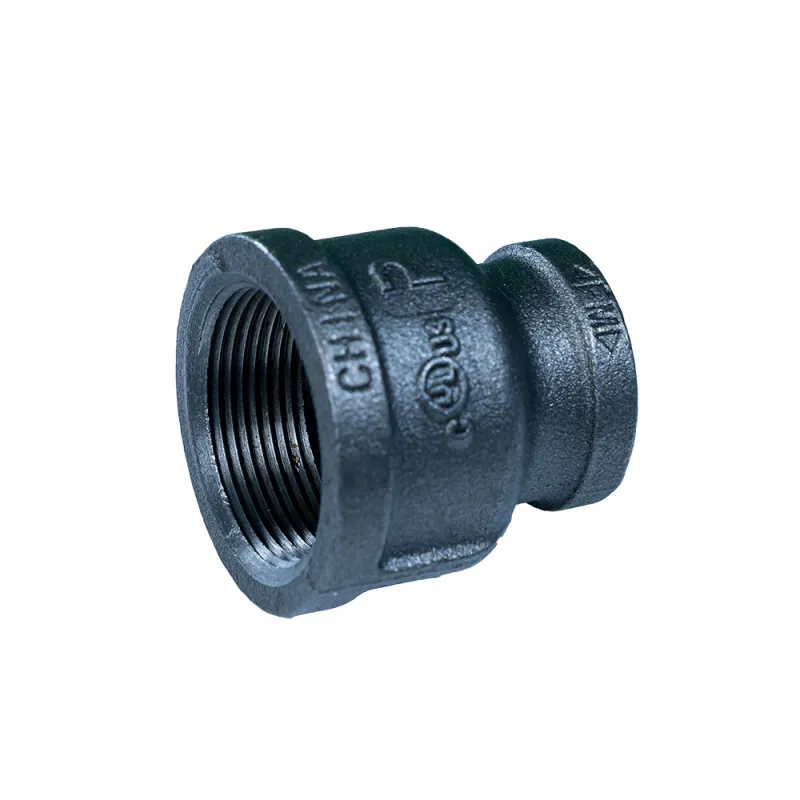
How Do Mechanical Tees Enhance Piping Networks?
In the intricate web of piping, certain fittings stand out for their ability to redirect and distribute flow effectively. Mechanical tees are one such essential component. Unlike traditional tees, mechanical tees are designed with enhanced strength and durability, often featuring a more robust construction to handle high - pressure applications. These tees are used to split the flow of a fluid or gas, allowing it to branch off into multiple directions. For instance, in industrial settings where large volumes of chemicals or steam need to be routed to different parts of a plant, mechanical tees ensure a smooth and controlled distribution. Their design typically allows for easy installation, either by welding or using threaded connections, making them a versatile choice for both new installations and system upgrades.
Why Are 1 1 2 Inch Galvanized Pipe Fittings a Popular Choice?
When it comes to durability and corrosion resistance in medium - sized piping projects, 1 1 2 inch galvanized pipe fittings have earned their place as a top pick. Galvanization involves coating steel fittings with a layer of zinc, which acts as a protective barrier against rust and other forms of corrosion. This makes 1 1 2 inch galvanized pipe fittings ideal for a wide range of applications, from outdoor plumbing systems that are constantly exposed to the elements to industrial setups where moisture and humidity are common. The 1 1/2 - inch size is frequently used for water supply lines in commercial buildings, as it strikes a balance between providing sufficient flow capacity and fitting into standard plumbing layouts. Whether it's an elbow, tee, or coupling, these galvanized fittings offer long - term reliability and peace of mind.
What Role Do Coupling Pipe Fittings Play in Pipe Connections?
Ensuring secure and leak - proof connections is paramount in any piping system, and coupling pipe fittings are at the forefront of this task. Couplings are used to join two pipes of the same or similar size end - to - end, creating a continuous flow path. They come in various materials, such as plastic, brass, and stainless steel, each suited to different environments and fluid types. In residential plumbing, for example, plastic coupling pipe fittings are commonly used for connecting PVC pipes due to their ease of installation and affordability. In more heavy - duty applications, like industrial pipelines, metal couplings with stronger sealing mechanisms are preferred. Couplings can also be crucial for repairs, allowing plumbers to quickly replace a damaged section of pipe without having to replace the entire line.
When Should You Opt for 1 2 Black Pipe Fittings?
1 2 black pipe fittings have distinct characteristics that make them suitable for specific applications. Black pipe, typically made of carbon steel without a protective coating like galvanization, offers strength and durability in environments where corrosion is less of a concern or where a more industrial aesthetic is desired. These fittings are commonly used in gas lines, as the lack of a coating reduces the risk of flaking or peeling that could potentially clog gas - burning appliances. In some industrial settings, such as factories or workshops, 1 2 black pipe fittings may be chosen for their ability to withstand high - pressure and high - temperature conditions. However, it's important to note that they may require additional protection, like painting or coating, when used in outdoor or humid environments to prevent rust over time.
How Do 3 Inch Galvanized Pipe Caps Protect Piping Systems?
At the end of a pipe, a seemingly small component can make a big difference in maintaining the integrity of a piping system. 3 inch galvanized pipe caps serve as protective covers, sealing off the end of a pipe to prevent debris, moisture, or contaminants from entering. In construction projects, when a pipe is temporarily left open during the building process, a 3 inch galvanized pipe cap ensures that no unwanted materials get inside, which could later cause blockages or damage to the system. In water treatment plants, these caps are used to protect the ends of pipes when they are not in use, maintaining the cleanliness and quality of the water. The galvanized coating on the cap provides the same corrosion - resistant benefits as other galvanized fittings, ensuring long - term protection for the pipe it covers.
Piping Fittings FAQs
Can I mix different materials of coupling pipe fittings in the same system?
It's generally not recommended to mix different materials of coupling pipe fittings in the same system without careful consideration. Different materials can react with each other over time, especially in the presence of moisture or certain chemicals, leading to corrosion or leaks. For example, combining a brass coupling with a galvanized steel pipe may cause galvanic corrosion. If you need to connect pipes of different materials, it's best to use transition fittings specifically designed for that purpose or consult a professional to ensure compatibility.
How do I install 1 1 2 inch galvanized pipe fittings?
Installation of 1 1 2 inch galvanized pipe fittings depends on the type of fitting and the connection method. For threaded fittings, first, clean the threads of the pipe and the fitting thoroughly. Apply a suitable pipe thread sealant or wrap Teflon tape around the male threads. Then, carefully thread the fitting onto the pipe, turning it clockwise until it's snug. Use a pipe wrench to tighten it further, but be careful not to overtighten, as this can damage the threads. For fittings that require welding, proper welding equipment and techniques should be used, and it's advisable to have a professional welder perform the task to ensure a strong and leak - free connection.
Are 1 2 black pipe fittings suitable for drinking water systems?
1 2 black pipe fittings are not typically recommended for drinking water systems. Since black pipe is made of carbon steel without a protective coating, it can rust over time, especially when in contact with water. Rust particles can contaminate the water, affecting its taste and potentially posing health risks. For drinking water applications, materials like galvanized steel, copper, or approved plastics are preferred as they offer better corrosion resistance and do not pose the same risk of contamination.
How often should I check 3 inch galvanized pipe caps for damage?
The frequency of checking 3 inch galvanized pipe caps for damage depends on the environment and usage of the piping system. In a relatively stable indoor environment, an annual inspection may be sufficient. However, in outdoor settings or in industrial applications where the caps are exposed to harsh conditions, more frequent checks, such as quarterly or semi - annually, are advisable. Look for signs of rust, cracks, or any other damage that could compromise the seal or integrity of the cap. Early detection of issues can prevent more significant problems down the line, such as debris entering the pipe and causing blockages.
Can mechanical tees be used in low - pressure plumbing systems?
Yes, mechanical tees can be used in low - pressure plumbing systems. While they are often associated with high - pressure applications due to their robust design, their strength and durability also make them suitable for low - pressure setups. In fact, in some cases, the enhanced construction of mechanical tees can provide an added layer of reliability and longevity compared to standard tees. However, for low - pressure systems, the choice of a mechanical tee may also depend on factors like cost and the specific requirements of the project, as standard tees may be more budget - friendly and sufficient for basic plumbing needs.
Post time: ਜੁਲਾਈ-01-2025


